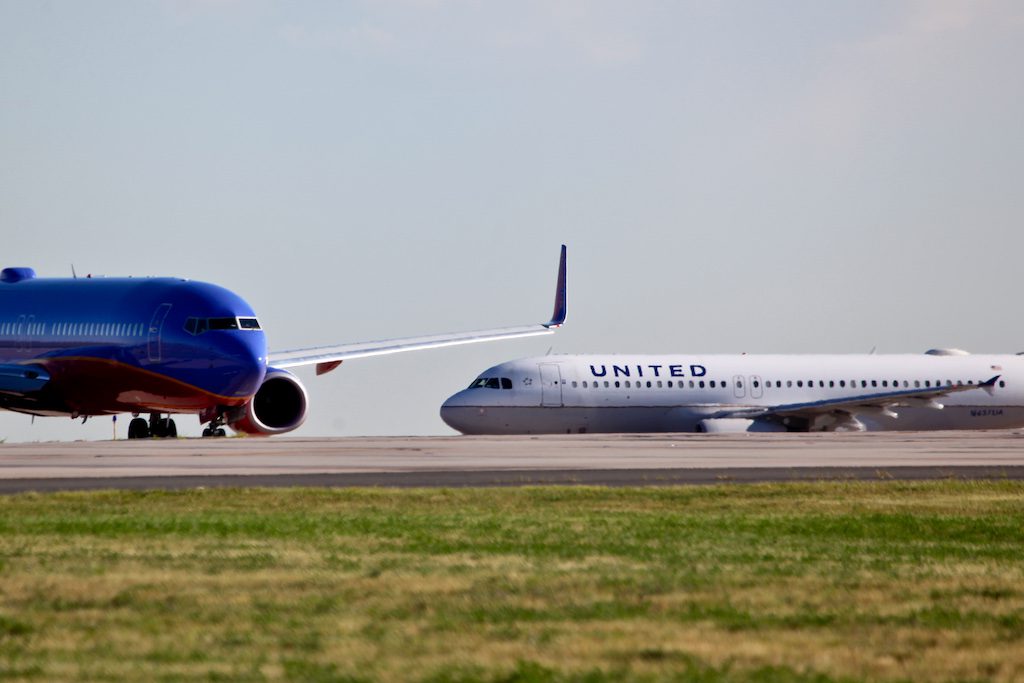United CEO Says U.S. Airline Industry Unprepared for Post-Pandemic Realities

Skift Take
United Airlines CEO Scott Kirby came out swinging with a stinging critique of the U.S. aviation system on Wednesday. Despite what he views as profound structural changes during the past four years, other players are in "denial" and failing to accept these changes — to the detriment of travelers and the entire industry.
The changes in question are fundamental to running an airline. Staffing tops the list as the U.S. pilot shortage, or captain shortage, continues to plague regional airlines, and everything from maintenance technicians to air traffic controllers remain in short supply. Technology is inadequate and not up to the challenge of the regular disruptions, like weather, that impact the industry. Delays building and delivering new planes at Airbus and Boeing are limits on growth. And, in a nod to investors, costs are permanently higher than they were in 2019.
"You can’t run your airline like it’s 2019 or you will fail," Kirby said during United's fourth-quarter earnings call. The Chicago-based carrier estimates that it needs 10 percent more pilots and 5 percent more planes than it had in 2019 to operate the same schedule, he added.
The U.S. airline industry has been rocked by two large technology-related snafus in recent weeks. The first was the meltdown of Southwest Airlines between Christmas and New Years that resulted in more than 16,700 flight cancellations, and cost the carrier an initial $825 million and an untold amount of customer good will. The second was the outage of a key flight safety communications system due to a corrupted file that prompted the Federal Aviation Administration (FAA) to halt all flight departures nationwide for nearly two hours earlier in January.
Kirby did not name Southwest in his
